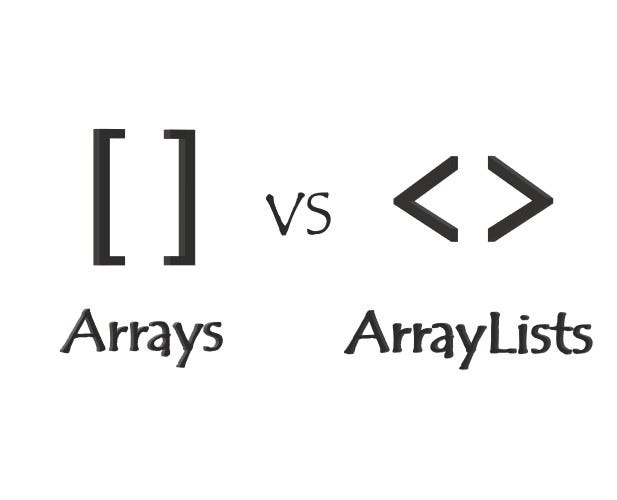

size() method is used to compute the size of ArrayList. Now let us wrap up the article by plotting conclusive differences in a tabular format a shown below as follows: Base Array ArrayList Dimensionality It can be single-dimensional or multidimensional It can only be single-dimensional Traversing Elements For and for each generally is used for iterating over arrays Here iterator is used to traverse riverArrayList Length length keyword can give the total size of the array. We have implemented and seen the differences between them as perceived from outputs. These functions are not supported by Arrays. Java ArrayList supports many additional operations like indexOf(), remove(), etc.

In the case of primitive types, actual values are contiguous locations, but in the case of objects, allocation is similar to ArrayList. On the other hand, in the array, it depends whether the array is of primitive type or object type. References of the actual objects are stored at contiguous locations. Therefore in ArrayList, the actual objects are never stored at contiguous locations. Output Successfully compiled and executedīase 4: Since ArrayList can’t be created for primitive data types, members of ArrayList are always references to objects at different memory locations (See this for details). ArrayList is a part of the collection framework and is present in java.util package. It can be shrunk or expanded based on size. Note: ArrayList in Java (equivalent to vector in C++) having dynamic size. Here Type is the type of elements in ArrayList to be created Syntax: Declaring an Arraylist Arraylist al = new ArrayList Now let us dwell on the next concept of ArrayList that is as follows It is very important statement and is left unveiliable when it comes to deep understanding of memory storage in arrays. Note: arr(0) returns the first element of the array so it does mean that if we try to print out arr(0) then we will get Element1. which is containing continuous 100 block associated in it This does means we are declaring a memory block named 'arr' It is preferable if we have very limited array elements Type 2: Declaring than initializing elements later.Type 1: Declaring and initializing at the same time.Dynamically sized arrays int arr = new int.Split() String method in Java with examples.Write a function that counts the number of times a given int occurs in a Linked List.Program for n’th node from the end of a Linked List.Write a function to get Nth node in a Linked List.Search an element in a Linked List (Iterative and Recursive).Find Length of a Linked List (Iterative and Recursive).

#GET OBJECT FROM ARRAY VS ARRAYLIST HOW TO#


 0 kommentar(er)
0 kommentar(er)
